The aircraft for today is the Blackburn Firebrand that made was designed to serve the British Royal navy as their single-engine aircraft for strike missions. The aircraft was inducted into the service of the Royal Navy’s FAA (Fleet Air Arm) and the company behind the creation of this aircraft was Blackburn Aircraft that developed it during the World War II era.

The initial plan for the Blackburn Firebrand was to be designed purely as a fighter but following its unimpressive performance and coupled with replacement of the Napier Sabre piston engine compelled the air ministry to allocate this aircraft as a strike fighter.

The development of the aircraft was really slow which made it a little too late for seeing considerable action during World War II. There could only be a few hundreds of these Blackburn Firebrands before the aircraft was returned back in 1953.
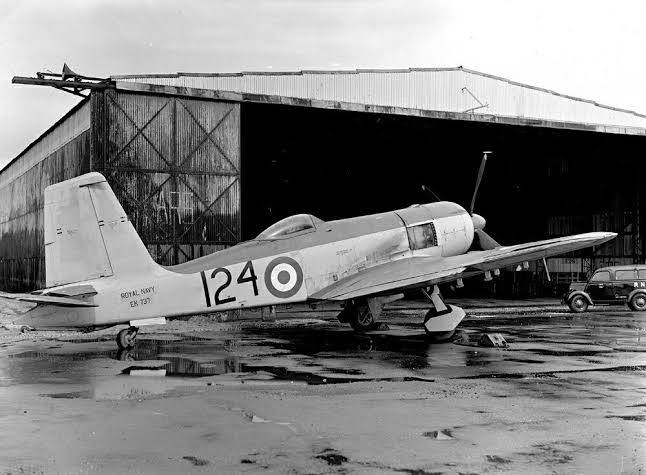
Origin:-
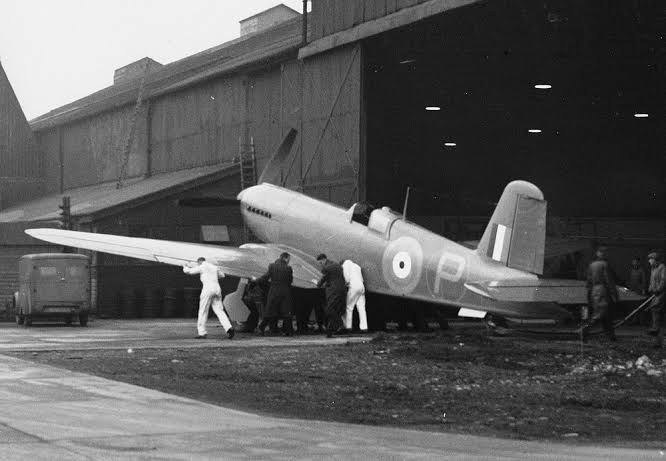
The Blackburn Firebrand was created by the Blackburn Aircraft, a company prominent at that time for building an aircraft that was to meet the Specification N.11/40 set by the British Air Ministry at that time. The specification asked for an aircraft that was capable of high performance as well as act as a single-seat fighter to be operated from the carriers of the Royal navy. The ministry also put forth the specification for the aircraft to be powered by a Napier Sabre III engine.

The plan for the aircraft proposed by the Blackburn Aircraft was for the Firebrand and the first unarmed prototype was designated as B-36. Following the first prototype came the armed prototype model designated as TF.Mk I of which 9 units were created.
Firebrand came at the time when Hawker Typhoon was also ready:-
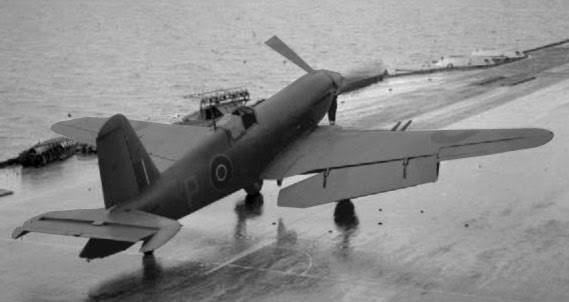
At the very same time period when the Blackburn Firebrand was in production, Hawker was also coming up with their assembly line ready aircraft Hawker Typhoon that ad effectively made use of the Napier Sabre II engines. This led to Blackburn replacing the previous engine with a new Bristol Centaurus VII engine but this led to the rethinking of the entire aircraft design.
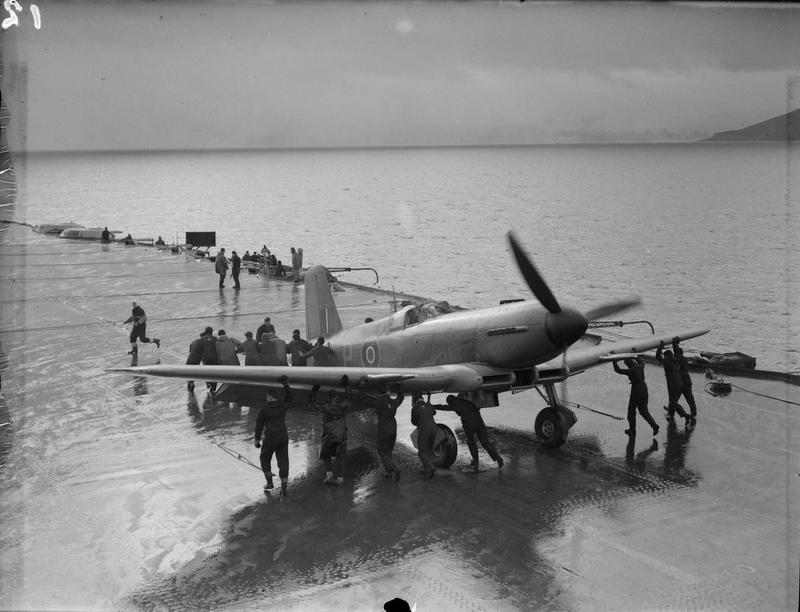
The major delay that arrived in the designing of the Blackburn Firebrand was its transformation from a fighter aircraft to a strike fighter platform that could now deliver the rockets, bombs, and torpedoes. This new design was completed by fitting aircraft with elongated wings as well as the addition of pylons for housing the appropriate munition payloads. This new model was re-designated as B-45 and was able to achieve its first flight back on 31st March 1943. Only 12 units of this model were created.
First flight:-
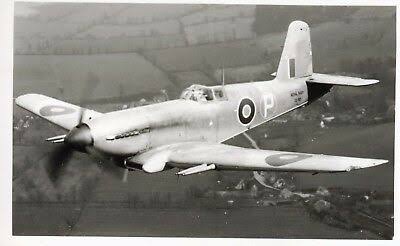
The best design that came after equipping the aircraft with a Centaurus VII inline position engine was the model TF.Mk III. This new and improved model was riddled with flaws during its low-speed flight resulting from the poor rudder control and the immense torque created from the engine. Still, the first successful flight of this model was conducted back on 21st December 1943. However further tests were met with many disasters that led to deaths of 2 pilots as well as months being added to further re-evaluation before this aircraft was cleared for the test to land on an aircraft carrier’s deck. Still, making the successful landing the aircraft was deemed to be too much of a hazard to be operated from a carrier.
The improved model of Blackburn Firebrand:-
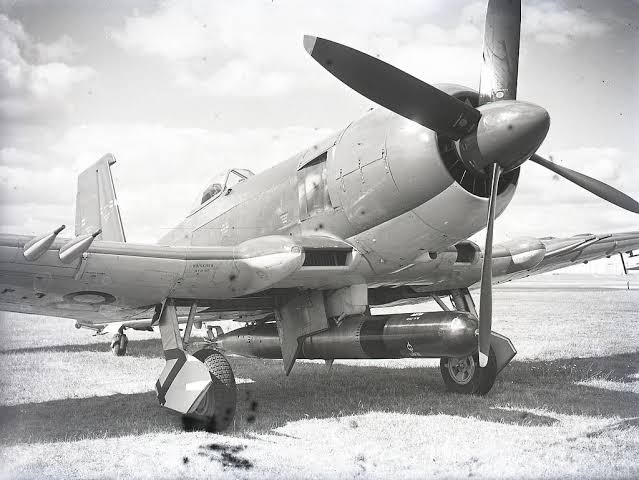
The only model of the Blackburn Firebrand which received approval fro the carrier operation was TF.Mk IV that flew for the first time on 17th May 1945. This aircraft had the Bristol Centaurus IX engine. The aircraft had the revised tail section to increase the overall surface area. Drive brakes were placed on both lower and upper wings to provide improved control. This was the aircraft for which nearly 102 units were created and sued in the actual service.
This model led to the creation of the newer version designated as TF.Mk 5 of which nearly 40 units were produced.
Design similar to Hawker Tempest:-

The design of the Blackburn Firebrand was similar to that of Hawker Tempest externally as it featured slim and a streamlined fuselage section that had on the nose a massive propeller. The cockpit was placed in the center of the fuselage and had a 2-piece bubble canopy that allowed for the pilot to have all-around excellent visibility of the outside.

Wings of the aircraft were of a monoplane system that was low-mounted with a dihedral along the sides of the fuselage. The empennage featured a single long vertical tail fin that had horizontal planes. As for the undercarriage of the Blackburn Firebrand, it was of the conventional tail-dagger style which was 2 main landing gears and one rear wheel. All of these three lading gears were retractable.
Armaments:-

Like many other British fighters of the time, the Blackburn Firebrand also had the standard cannon armament which was 4 of the 20mm cannons of the Hispano Mk II series. These cannons were fitted on each wing in pairs. In order to increase the aircraft’s lethality in action, the Blackburn Firebrand could also be fitted with a single torpedo of the Mark XVII series that was of 1850lbs. either this single torpedo was allowed to be on the aircraft or 2 bombs of the 1000lbs each under aircraft’s wings.
Powerplant and other specs:-
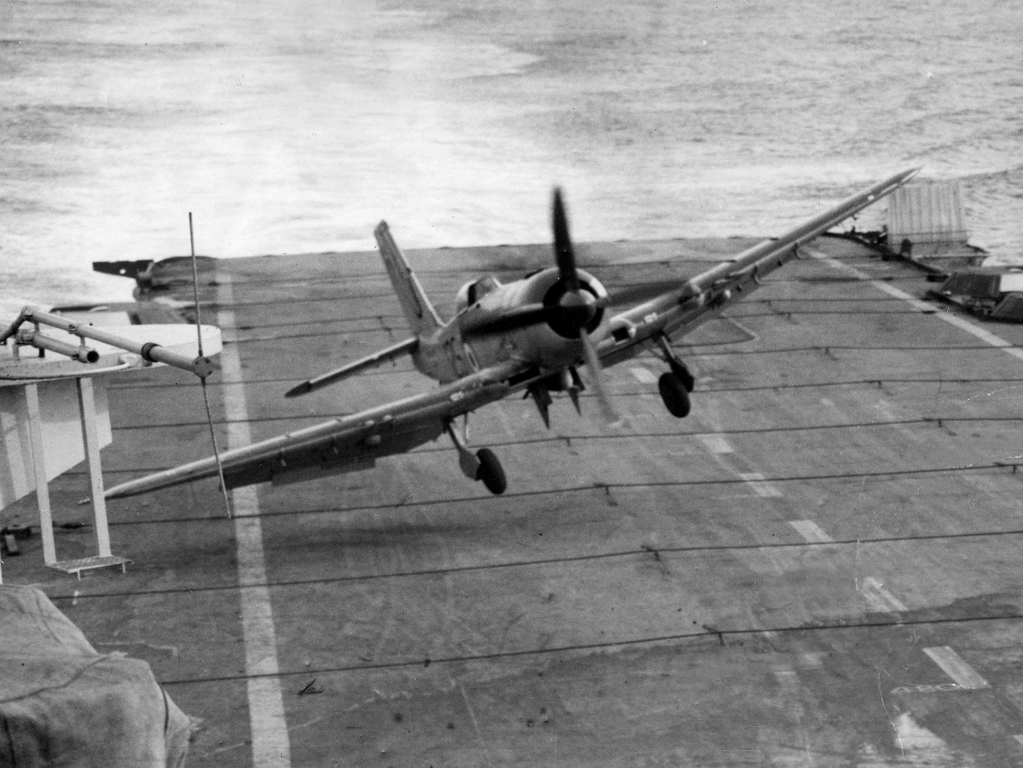
The definitive model of the Blackburn Firebrand was TF.Mk. IV which had in it a Bristol Centaurus IX series, 18 cylinders, air-cooled radial piston engine. This engine created the power of about 2500 HP to propel its 4-bladed propeller. This allowed for the aircraft to have a maximum speed of up to 350 mph for a range of 1250 miles when equipped with the drop fuel tanks. As for the service ceiling of the Blackburn Firebrand, it was almost 28500 feet.
Total number produced:-
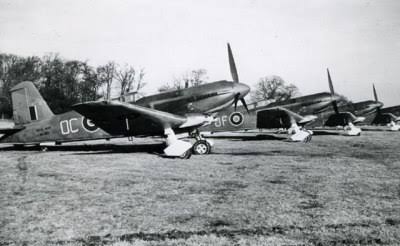
The only 2 models of the Blackburn Firebrand; TF.Mk IV and the TF.Mk 5 were the ones that saw mass production. The production started in the year 1943 and ended in 1947. During this time period, nearly 193 of the combined 2-model units were produced.
In its all variant forms and prototypes nearly 220 of the Blackburn Firebrand aircraft were produced.
The Sole Operator of Blackburn Firebrand & Retirement:-
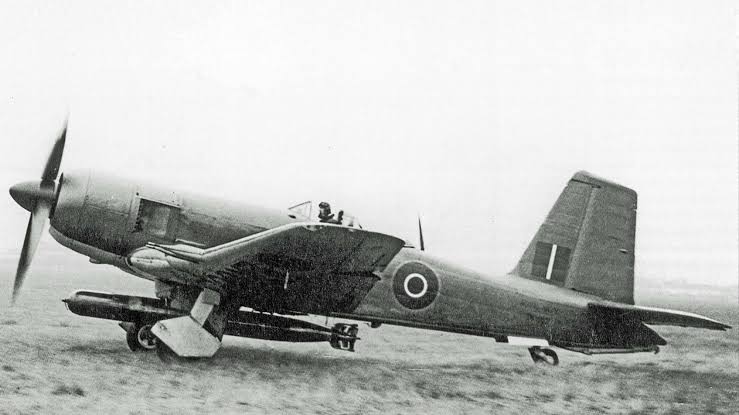
The only operator of the Blackburn Firebrand was the FAA of the British Royal Navy where it was utilized by multiple naval squadrons. The service of the aircraft in the Royal navy started in the year 1943 and was retired back in 1953.
Related Content
Interesting facts about the Junkers Ju 87 StuKa; The German Dive Bomber
Interesting facts about the Douglas A-24 Banshee; The US Military’s Dive Bomber




